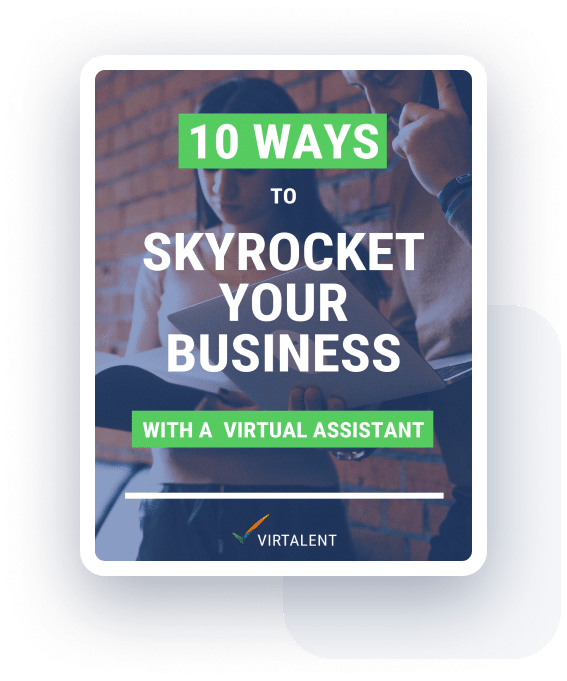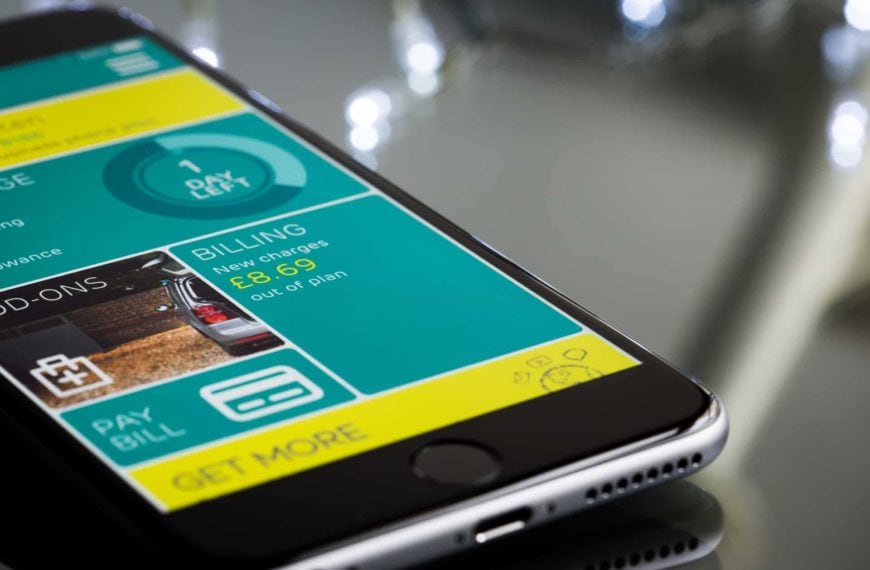Twitter has been around, in one form or other, for over 1o years. Despite how long this social media channel has been around, there are many that have not ventured into the Twitterverse. Still not sure of the basics? You can barely walk down the street without hearing something or seeing something that mention Twitter! Twitter can be a very powerful marketing tool and an essential part of any online marketing strategy for a small business, so it can’t simply be ignored any longer if you are serious about taking your business to the next level. We, at Virtalent, have written a series of blog posts which will hopefully clarify the essentials.
Twitter is a social network where users “tweet” (a “tweet” being similar to a Facebook status update or simply a short message) to other users. For most people, these tweets usually talk about the goings on in their own lives – what they are up to, where they are going, what online articles they have found interesting, what videos they are watching… you get the idea! Sure, this may seem mundane, but Twitter is essentially a modern version of a written diary. Unlike a personal blog or diary, however, these tweets are usually always shared publicly and can only be up to 140 characters in length (hence why marketing people call it a version of “micro-blogging”, emphasis on the micro!).
A tweet can be a publicly shown message sent to another user, very similar to wall posts on Facebook, or simply an update the user wants to share with those that are “following” them. Yes, this does sound a little creepy, but I’ll explain in a second. Tweets can be composed of numbers, words and hyperlinks (links to other websites), as well as photos and short videos of up to 6 seconds called Vines. The short, micro-blog format of Twitter does a great job at stimulating conversation and engaging fellow users. Everyone has to communicate in a short, snappy way and get “straight to the point”, which is invaluable in today’s fast-paced world. As a result of the brevity of tweets and the popularity of the service, it doesn’t take a genius to work out why this Twitter is such as powerful marketing tool, and a great way to effectively engage with your clients.
It is important, however, that you go about using Twitter in the “right” way. Whilst it can be a brilliant way to supercharge your online marketing strategy, if it is used poorly it could do a lot of damage to your brand (as I’m sure you have heard from some of the stories in the media!).
Let’s get started…
First of all you need to create a Twitter account.
- Head over to Twitter and fill in the short sign up form on the homepage of their website.
- Choose your username. Remember, this will also become your Twitter URL, so make sure the name is short and matches with your brand. Our username is @virtalent and so people can find us on Twitter at twitter.com/virtalent
- If the name you wanted isn’t available, try a slight variation on it by adding an underscore between two words, additional letters (e.g. “mybrandUK”) or even a number (e.g. “mybrand1”).
- If you want to be the “face” of your business, try something like “VirtalentSam” and then update your Twitter name to reflect that you are tweeting as a person (e.g. Sam Wilson) and not as the company itself (e.g. Virtalent)
Next, you’ll need to edit your profile. You can do this at any time by clicking on the “edit your profile” button (found in the header menu).
- If you have only just created your account you won’t have very much of this completed, don’t worry!
- Upload a profile photo. Retaining the default egg picture that Twitter gives new users won’t make you stand out! Make sure this is either your company logo or the recognisable public “face” of the company.
- Upload an eye-catching cover photo (similar to timeline covers in Facebook)
- Check that the name field has been filled in correctly.
- Set your location. This is important if you are keen to emphasise that you are a UK-based company to your new followers.
- Website URL. Make sure you enter the most relevant website address you have here, most likely this will be your company website (e.g. virtalent.com). It is important to fill this in as this is a key source of website traffic!
- Fill in your bio. Briefly explain what you do (and perhaps what you will be tweeting about if you are registering as an individual) in less than 160 characters and make sure it stands out!
- Optional: feel free to change your background to make the profile appear more unique.
Great, it looks like you have your Twitter profile set up! Spend the next couple of days playing around with Twitter and getting used to it.
Next, let’s try “tweeting” someone.
- Press the “compose a tweet’ button, currently illustrated by an icon of a scroll and feather, or type directly into the box underneath your profile information
- Type “@” followed by that user’s username, e.g. @virtalent, followed by your message.
- Remember, the entire message cannot be more than 140 characters in length, and the message will be visible to everyone.
- Have a look at other users’ Twitter feeds to get the idea.
- You can include multiple usernames in your tweet if you would like to include more than one person in the conversation.
Next, let’s follow someone.
- This is simple – visit their profile (using the search facility or by going directly to their Twitter URL) and then click the “follow” at the top of the page.
- You’ll now be able to see that person’s tweets in the feed on your Home tab.
- You can see who follows you by clicking on the “followers” icon. Your tweets appear in their home feed.
Want to privately message someone?
- To privately message someone, we use the “direct message” (DM) feature on Twitter.
- You can access your direct messaged by clicking on the envelope icon at the top of your screen.
- You can only message users that follow you (this is to reduce spam).
- To message someone either click the “new message” button in your DM inbox or navigate to their profile and click on the relevant option.
Using Twitter for online marketing
Of course, in order to use Twitter effectively, you need to focus on building your followers (which are effectively your fan base), as without any followers, no one is going to see your tweets and contribute to the conversation!
There are two types of followers:
- Followers that follow you because you are following them. Following other users, with the aim to boost your own follower count, is a brilliant short term strategy when you first get started. It’s a little like swapping links when you were building SEO rankings in the good old days.
- Followers that follow you because they are genuinely interested in following you. Of course, Twitter users that reach out and follow you first (because they genuinely care about what you have to say) are the most valuable followers. These are your real advocates and the type of follower you should be aiming to win over to your account. These people are much more likely to take the time to actually read your tweets and click on any hyperlinks (boosting your traffic).
I hope you can see the difference between the two types of followers, or at least will begin to understand this when you start to work on building your followers over the coming weeks.
Let’s get started. If you have just created your Twitter account you’re not likely to have any followers at all so let’s aim to gain our first 100 followers by following other people. A simple way to do this is:
- Make a list of any of your competitors (either direct or indirect)
- Now look for them on Twitter and follow their followers (notice, I didn’t say follow their account!).
- Have a think about it – if these people are following you competitors’ Twitter accounts, then they are much more likely to want to follow your account and take an interest in what you have to offer than your any old Twitter user!
- You should expect 10-20% of the people you follow in this way to follow you back over the coming week.
- Over the coming weeks, use this strategy to build your first few hundred followers.
Now we’ll try to build some more followers, focussing on the second, more valuable type of follower.
Here are a handful of ideas you could try:
- If you have an existing email database, send an email to all of your subscribers to tell them about your new Twitter account (and include your Twitter URL in any e-newsletters you send out)
- Make sure your Twitter URL is displayed on your website(s) and blog
- Post a message about your new Twitter account on any other social networks you have an account with, such as Facebook.
- Put a link to your new Twitter account on forum messages, in your email signature and anywhere else you can think of!
Most importantly, you need to make sure you publish engaging content. If your tweets are genuinely interesting to your “ideal client”, i.e. your target market, people will begin to follow you!
On this note, there are some ways in which you should not use Twitter:
- Do not tweet too often. If you are posting tweets within a few minutes of each other, your followers will become irritated and unfollow you.
- Equally, make sure you are posting enough! This is as bad as tweeting too often. Why would anyone want to follow an account that only tweets once a month? Do you not think you could make more of Twitter to boost your marketing efforts?
- Do not abuse the direct message feature or tweet @ other users too often. Interact with your followers in an honest and authentic way – don’t spam them!
- Try not to use the platform as a one-way megaphone to constantly shout about your business. People don’t like to be sold to (and will find your posts boring!). Would you enjoy siting in front of the TV only to see hours of advertising?
- Never engaging with other people. Twitter is a social network, so you need to engage in “the conversation” and interact with other people on the site! Try to respond to other users’ tweets, retweet their content, ask questions – just think about how you interact with people in real life! Try to build relationships.
The key to a powerful social media marketing strategy is to be proactive, open, honest and authentic.
Have a think about what your followers would be interested in hearing about! You need to give them a reason to follow you.
- What are they interested in?
- What information would they like to know?
- What questions to they need answering?
- What are their own motivations for using Twitter?
- Why are they following you?
Make sure your tweets aren’t simply a stream of self-promoting links. It is, of course, important to use Twitter to promote your business in this way to some extent, but you could also post links to interesting articles and news items, how-to guides, link to your own blog articles or short updates about (interesting!) news your company has to share. Be creative! What would you talk about with these people in real life? Show off your knowledge and your passion for your industry!
If you’re still stuck for ideas, have a look at what the other major players in your industry are tweeting about. Have a look at what we like to tweet about too if you like! Our Twitter profile can be found here.
We hope you’ve enjoyed this post. Keep an eye out for more tips and tricks about social media marketing from Virtalent shortly!






